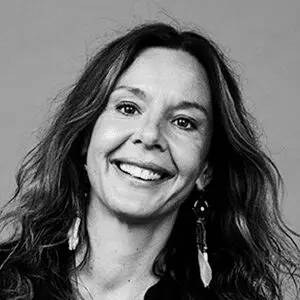
This course is a rare chance to learn from depth psychologist Robert Romanyshyn, who brings five decades of experience to a soulful exploration of therapy. He invites you to listen more deeply—to words and silences, to symptoms and dreams, to what seeks to be known in the therapeutic space. In seven live classes, he shares personal reflections, clinical insights, and a live demonstration of embodied dreamwork. This course will deepen your attunement to the imaginal field and support healing from within the relational space.
7 Class Course
60 mins
Sept 9
Sept 16
Sept 23
Sept 30
Oct 7
Oct 14
Oct 21
9am PT / noon ET
What you will receive
7 video & 7 audio recordings
Access to your own Jung Platform account where all the content you've purchased will be stored.
Course Description
Hauntings and Whispers: Late Night Reflections of a Psychotherapist
Depth psychologist Robert Romanyshyn shares reflections from five decades of practicing psychotherapy. His work weaves depth psychology with existential phenomenology, offering a soulful and embodied approach to the art of therapy.
At the heart of this seven-class journey is a simple truth: learning to love may be the deepest medicine a therapist can cultivate.
Romanyshyn explores the therapy room as a threshold space—a place where the visible and invisible meet. Here, the therapist is invited to listen with a third ear. Not just to words, but to tone, movement, silence. To what speaks through the symptom, the dream, the body.
Drawing on his background in training actors, Romanyshyn shows how therapy gives space to forgotten or disowned figures. They come forward to tell the story that has not yet been lived.
Each session opens a new layer of the therapeutic process: the symptom as a veiled invitation, the transference as a field of gestures, and the dream as a living stage of transformation.
The course culminates in a live example of dreamwork—an invitation to step into the dream, not as a distant observer, but as a participant. To listen from within the dream.
These classes will speak to your soul and support your own deepening in the work.
This course is ideal if you:
- Are a therapist seeking a more soulful, imaginal approach to your work.
- Want to deepen your ability to listen to symptoms, dreams, and the unsaid.
- Enjoy improving your craft of doing therapy
Course Overview
Class One – A depth perspective on therapy
Over the years, Robert Romanyshyn’s approach to psychotherapy developed through a dialogue between Depth Psychology and Existential-Phenomenological Psychology, emphasizing how these two traditions need and complement one another. In this course, he will explore what makes each perspective valuable for therapeutic work.
Class Two – Who is coming for therapy?
In addition, Robert Romanyshyn’s approach was shaped by his work with actors—exploring how they step into a role became a powerful analogy for therapy. He sees a parallel between the person who enters the therapy room and the inner Figures or Characters who appear seeking healing.
Class Three – Therapy room as a stage
Crossing the Threshold between the everyday world and the therapy room is a transition where space becomes a place for the figures to tell their untold stories. That threshold marks a difference between the person who comes to therapy and the figures who come for therapy.
Necessity for the therapist to listen with his/her third ear, to listen on two levels: to what is being said and how it is being said. In addition, to note the gestural embodiment of language
Class Four – Symptoms as guide
Figures display themselves in the dis-guise of symptoms. A symptom is a tension between remembering something too vital to forget while forgetting it because it is too painful to remember.
Class Five – Transference and counter transference.
In this class, Robert Romanyshyn explores transference not just as a psychological projection, but as an embodied, relational field—alive with gestures, silences, and subtle movements. He invites us to consider how the body speaks in therapy, and how the therapist’s presence, posture, and attention become part of a shared field of meaning. Drawing from Jung’s lesser-known diagram of the therapeutic encounter, Romanyshyn shows how both therapist and client are moved by forces greater than the personal. This session offers a soulful deepening into the mystery of transference, where healing often happens beyond words, in the space between.
Class Six – Dreamwork
This class approaches the dream as a living theater, where forgotten figures and unlived possibilities come to life. Rather than interpreting from a distance, participants are invited to step into the dream—inhabiting its characters and listening from within. This embodied method allows the dream to unfold on its own terms, offering unexpected openings for healing and insight.
Class Seven – Example of dreamwork
In this final class, a participant’s dream is worked with live, offering a direct experience of the embodied, imaginal approach to therapy. It brings together the themes of the course in a felt, practical way—showing how a dream can be entered, listened to, and moved through.
Throughout the 7 classes experiential examples will be used.
Scholarships
We here at Jung Platform want to make these programs available to anyone. If you would love to participate yet can’t pay for the full course, then please send us an email at [email protected] and describe why you feel you qualify for a scholarship, how much you can pay, and what you will do to help the Jung Platform promote this and other programs.
The Jung Platform Guarantee
We stand by our programs. If within 30 days of your purchase or the live course start, you're not satisfied, we offer a replacement or a full refund.
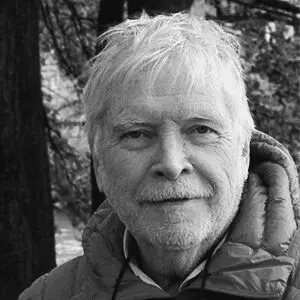
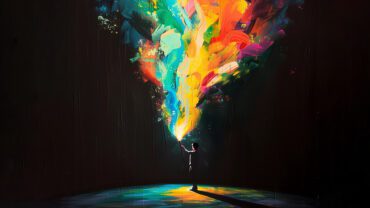

 14 Teachers
14 Teachers 
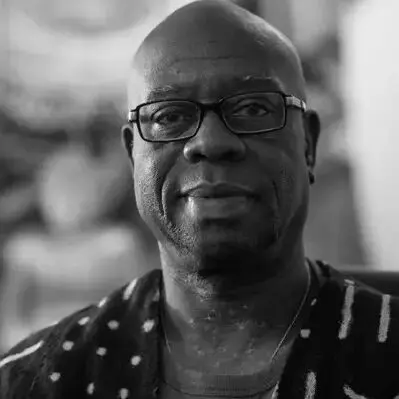
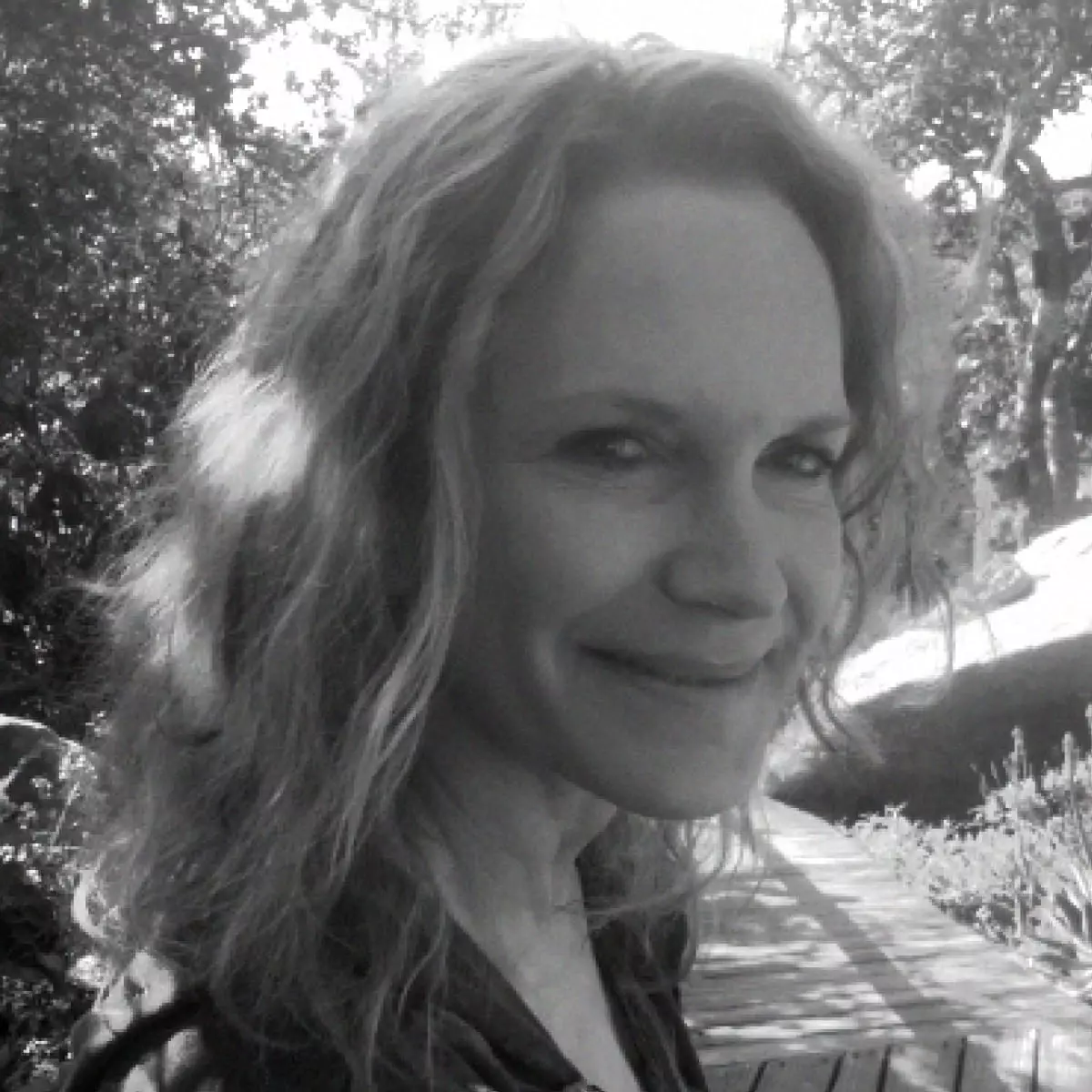 11 Teachers
11 Teachers 

 12 Teachers
12 Teachers 
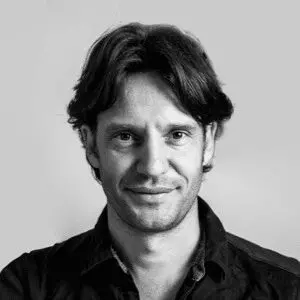 15 Teachers
15 Teachers 












